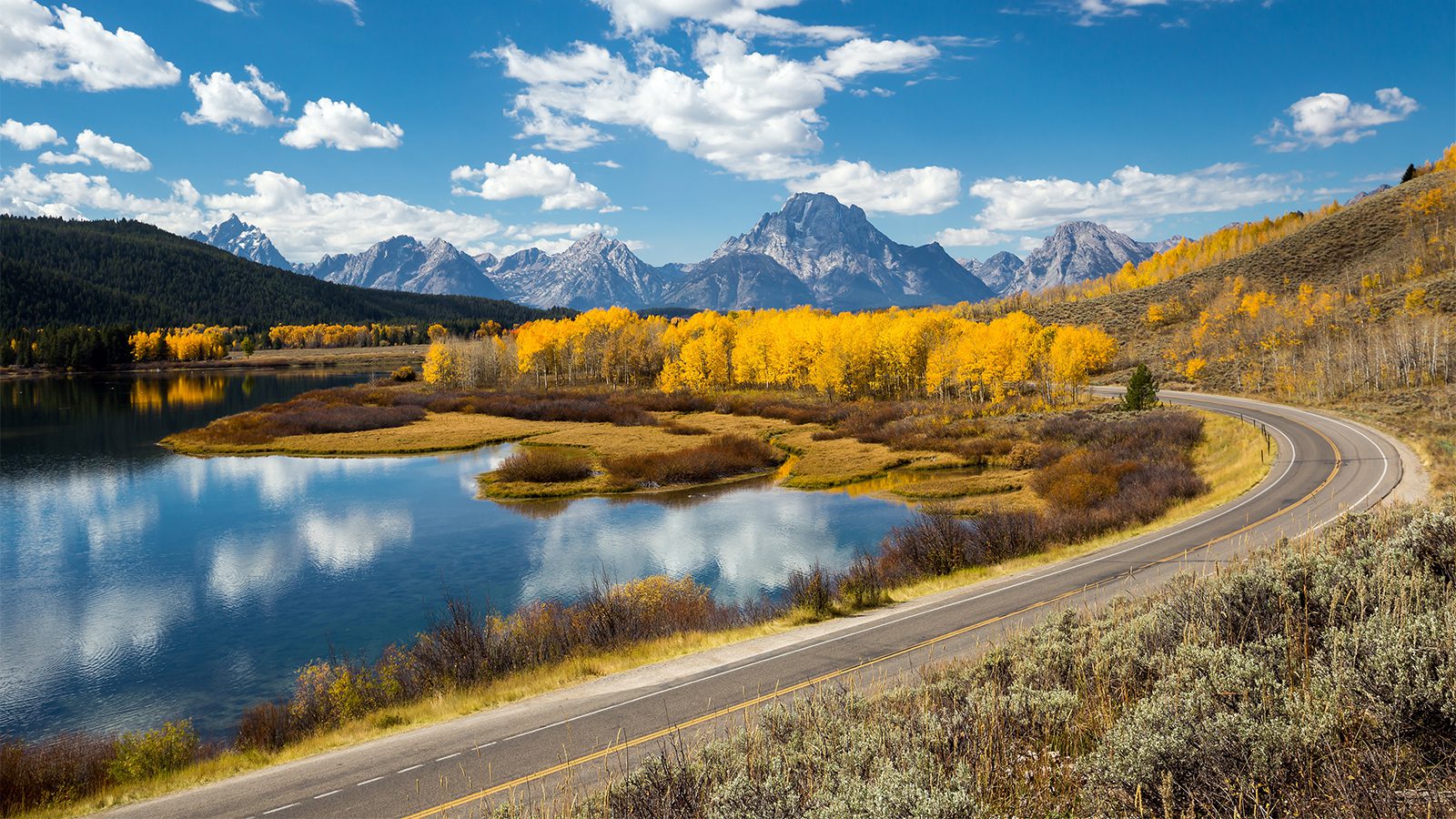The Rocky Mountain National Park has a subarctic climate according to the Köppen climate classification system. It has cool summers with daytime highs of 78ºF (26ºC) and lows of 41ºF (5ºC). In the winter, the temperature can go as low as 16ºF (-9ºC) at night.
The higher elevation areas (above 9,400 feet) receive almost twice as much precipitation as the lower elevation areas. This is usually in the form of winter snowfall. If you’re visiting the higher elevation areas, be prepared for blizzards and high winds that can occur suddenly.
The climate in lower elevation areas (below 9,400 feet) is moderate, cool, and more comfortable for camping.
Average monthly temperature and precipitation
Seasons in Rocky Mountain National Park
Summer (21 June to 22 September)

By and large, the most popular season to visit Rocky Mountain, summer lasts from about June to September and brings warm weather that’s perfect for hiking and camping.
During this time, you can expect generally pleasant weather during the day, with the exception of afternoon thunderstorms, which are quite frequent at high elevations. Wildflowers are usually in bloom by late June, coating the alpine in a sea of colors, so don’t forget your camera and hiking camera straps.
While some of the highest elevation roads in the park are covered in snow until mid-July, the summer is the best time to visit if you want to see as much of the park as possible.
But, crowds are common, so book your campsite well in advance.
Read More : What Should I Pack for Summer Camping?
Fall (23 September to 20 December)

From about September to December each year, Rocky Mountain National Park experiences its fall season.
Aspen trees start to change to their beautiful golden color by mid-September, which is perfectly timed with the annual elk rut.
Since early fall often brings fairly nice, albeit cold, weather, it’s a nice time to camp if you’re looking to beat the crowds. Just be sure to pack your heated gloves to help you stay warm.
Also, while early fall is often snow-free, you can usually expect regular snowfall to occur by November. By mid-October, Trail Ridge Road is almost always closed, too, so be prepared for variable road conditions at this time.
Winter (21 December to 19 March)

With frigid cold temperatures, a pair of winter boots and a winter sleeping bag are essential if you want to have a fun adventure in the park from December to March.
Winter is truly a magical time to visit Rocky Mountain National Park if you come prepared.
Despite the cold temperatures, there’s plenty to see and do in Rocky Mountain during the winter. For experienced mountain enthusiasts, backcountry skiing in the park is world-class, as is the winter mountaineering.
There are also plenty of great opportunities in the park for shorter snowshoeing day trips, sledding, cross-country skiing, and even ranger-led hiking adventures.
Read More : What Should I Pack for Winter Camping?
Spring (20 March to 20 June)

Spring is a time of transition in Rocky Mountain. The months of April and May bring variable weather and snowfall is fairly common, particularly at higher elevations.
However, at lower elevations, wildflowers start to bloom in the park by April, providing a nice respite from the otherwise white, snow-covered landscape.
While many of Rocky Mountain’s trails are covered in snow during this time, with a good pair of hiking boots and some trekking poles, hiking is a fun way to enjoy the spring months if you stick to the lower elevation sections of the park.
Gaby Pilson
Gaby is a professional mountain guide with a master’s degree in outdoor education. She works primarily in the polar regions as an expedition guide, though she can be found hiking, climbing, skiing, sailing, or paddling in some of the world’s most amazing places when not at work.


